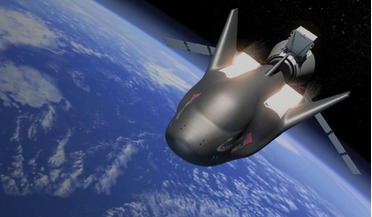 August 2016
Space stations - drivers of cooperation
August 2016
Space stations - drivers of cooperation
... opportunities are aplenty and, divested of the usual suspicious frames of reference, there exists enormous scope for civil collaboration, cooperation and mutual gain. The emotional baggage of competition, rivalries, conflict and other earthly issues...
 August 2016
Commercial space development spurs trend for public-private collaboration
August 2016
Commercial space development spurs trend for public-private collaboration
... and commercial space companies is no longer anecdotal but part of an increasing trend Missions and markets The civil space agencies of the world conduct activities in three general categories: exploration, planetary science, and Earth science...
 September 2016
Moon or Mars - how logical is NASA’s next step?
September 2016
Moon or Mars - how logical is NASA’s next step?
... there on how to pursue a future in a commercialised space environment. Similarly, Australia recently began a review of its own civil space regulation: The Space Activities act of 1998, and The Space Activities Regulations of 2001. In seeking...
 January 2017
Elon Musk and Mars - looking for a snowball effect
January 2017
Elon Musk and Mars - looking for a snowball effect
... the space arena with a strong ideological motivation then it didn’t seem like we were on a trajectory to ever be a spacefaring civilization and be out there among the stars.” Grateful to NASA But entering the space arena was not...
 January 2017
Prospects for progress on space security diplomacy
January 2017
Prospects for progress on space security diplomacy
... important an endeavour to be left only in the hands of governments. The wider stakeholder community (the private sector and civil society) needs to get more engaged on behalf of responsible policies that provide for space security for all...
 February 2017
UN strategy lifts capacity for non-spacefaring countries
February 2017
UN strategy lifts capacity for non-spacefaring countries
... is innovative because it acknowledges that the traditional boundaries between the different space sectors - security, commercial and civil - are no longer as definitive or limiting as they once were. Uniting effort Going forward, common issues and...